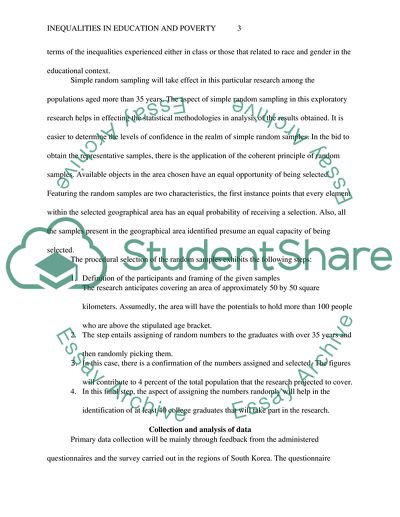Cite this document
(“Relationship between class inequality in education and vicious circle Research Paper”, n.d.)
Retrieved from https://studentshare.org/sociology/1693949-relationship-between-class-inequality-in-education-and-vicious-circle-of-poverty
Retrieved from https://studentshare.org/sociology/1693949-relationship-between-class-inequality-in-education-and-vicious-circle-of-poverty
(Relationship Between Class Inequality in Education and Vicious Circle Research Paper)
https://studentshare.org/sociology/1693949-relationship-between-class-inequality-in-education-and-vicious-circle-of-poverty.
https://studentshare.org/sociology/1693949-relationship-between-class-inequality-in-education-and-vicious-circle-of-poverty.
“Relationship Between Class Inequality in Education and Vicious Circle Research Paper”, n.d. https://studentshare.org/sociology/1693949-relationship-between-class-inequality-in-education-and-vicious-circle-of-poverty.


